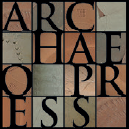
Publishing Scholarly Archaeology since 1997
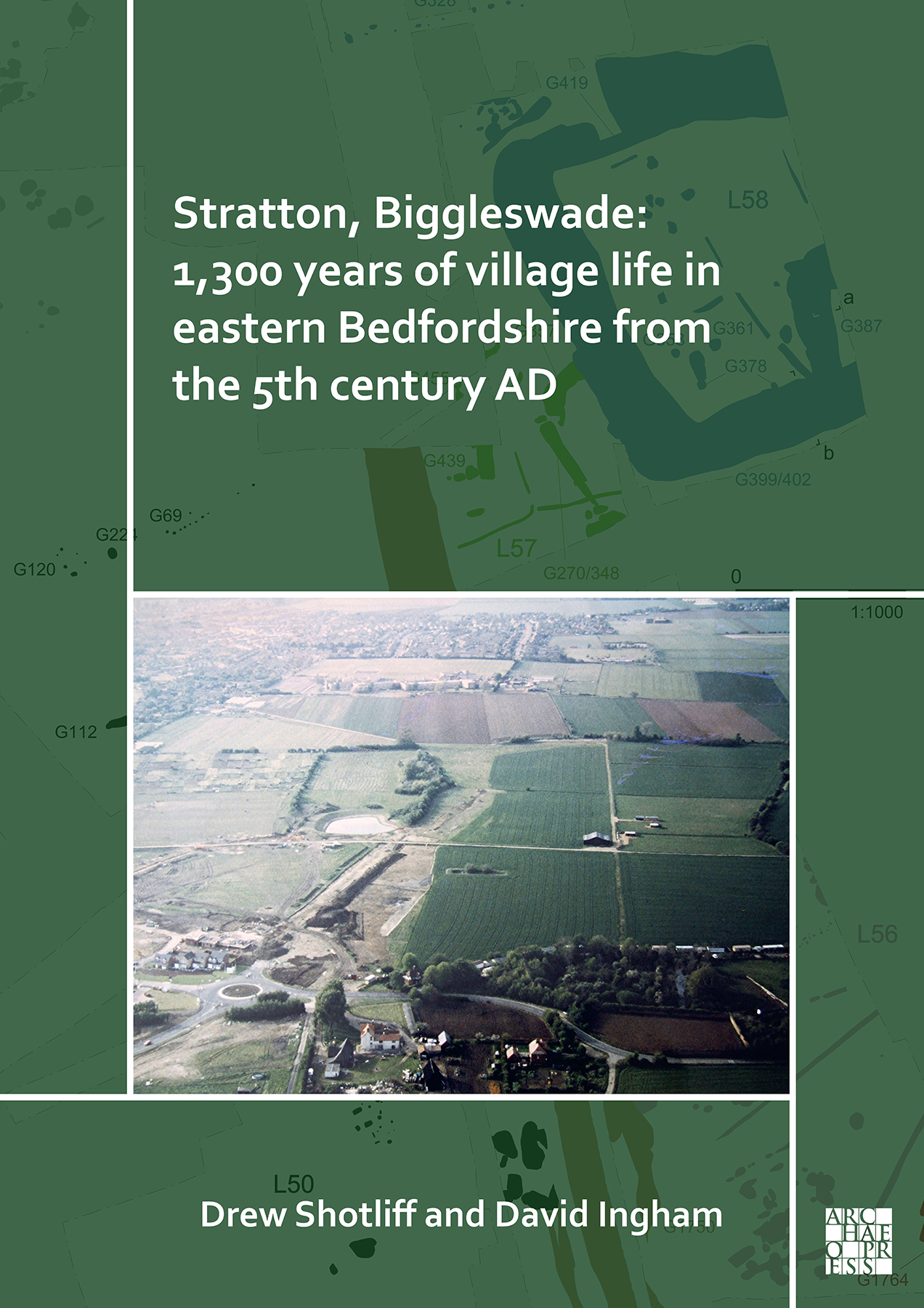
Download Sample PDF
H 290 x W 205 mm
252 pages
91 figures, 85 tables (colour throughout)
Published Apr 2022
ISBN
Paperback: 9781803270746
Digital: 9781803270753
Keywords
Anlgo-Saxon; Medieval; Bedfordshire; Rural Settlement; Medieval Village; Middle Ages
Related titles
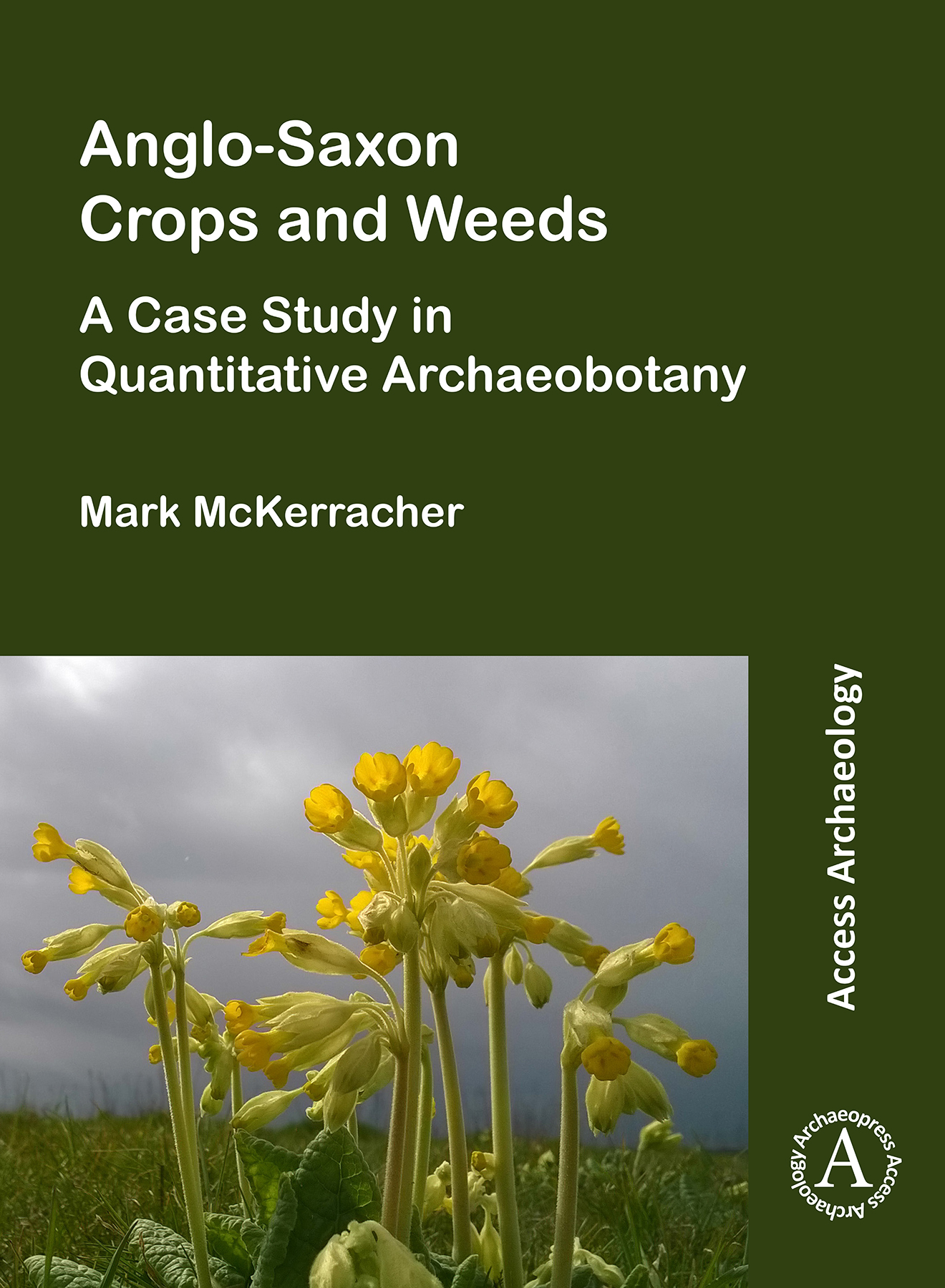
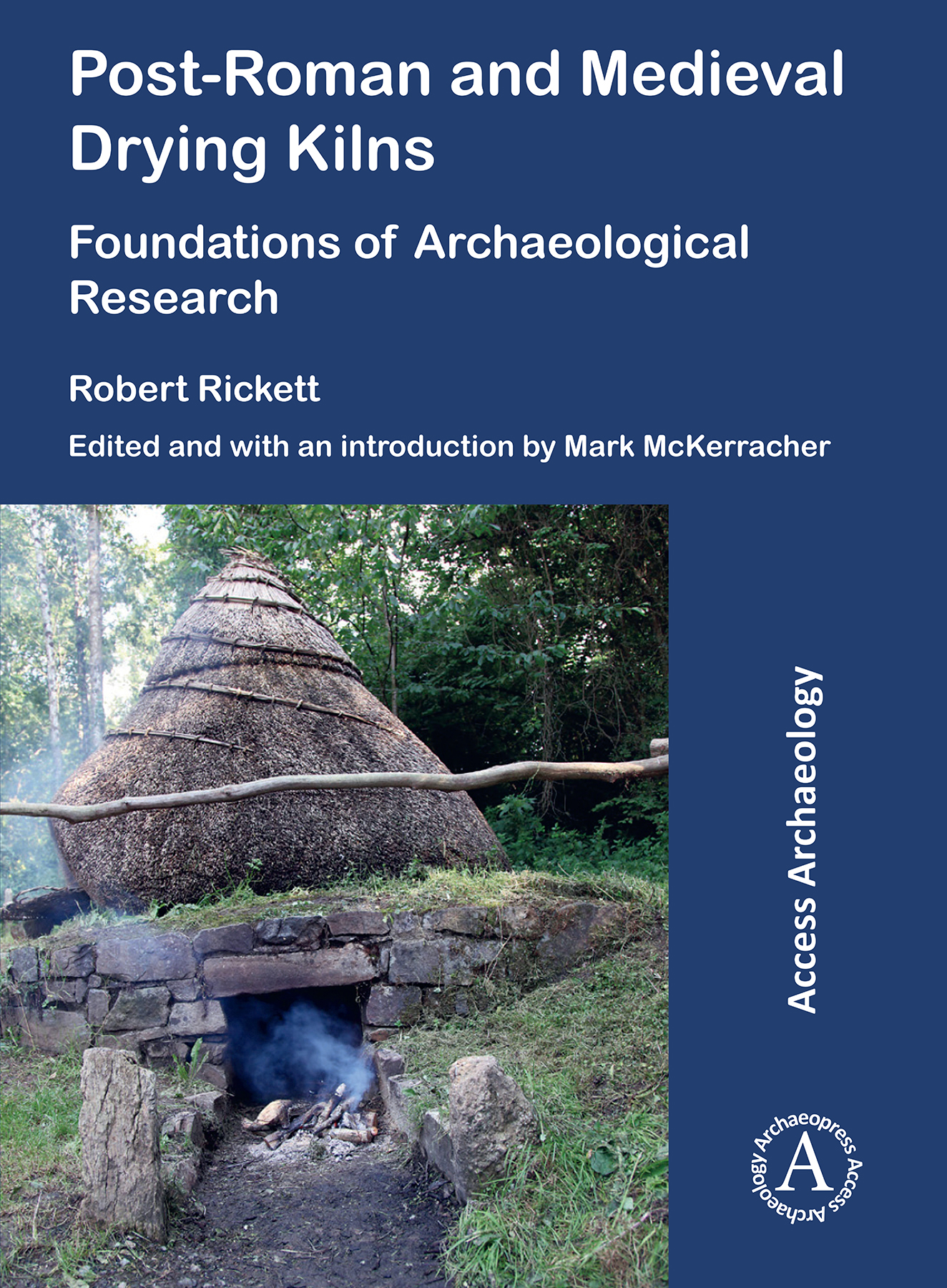
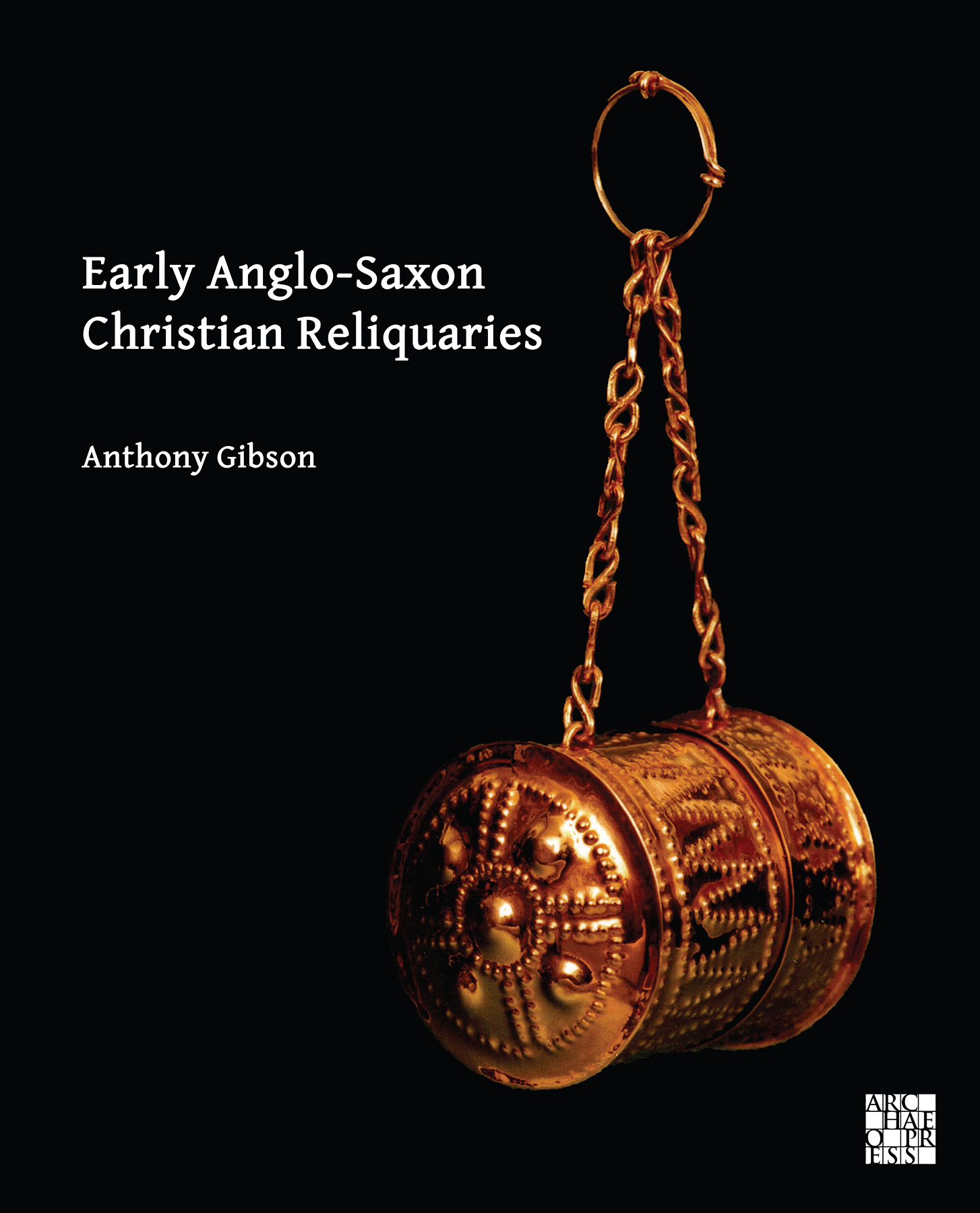
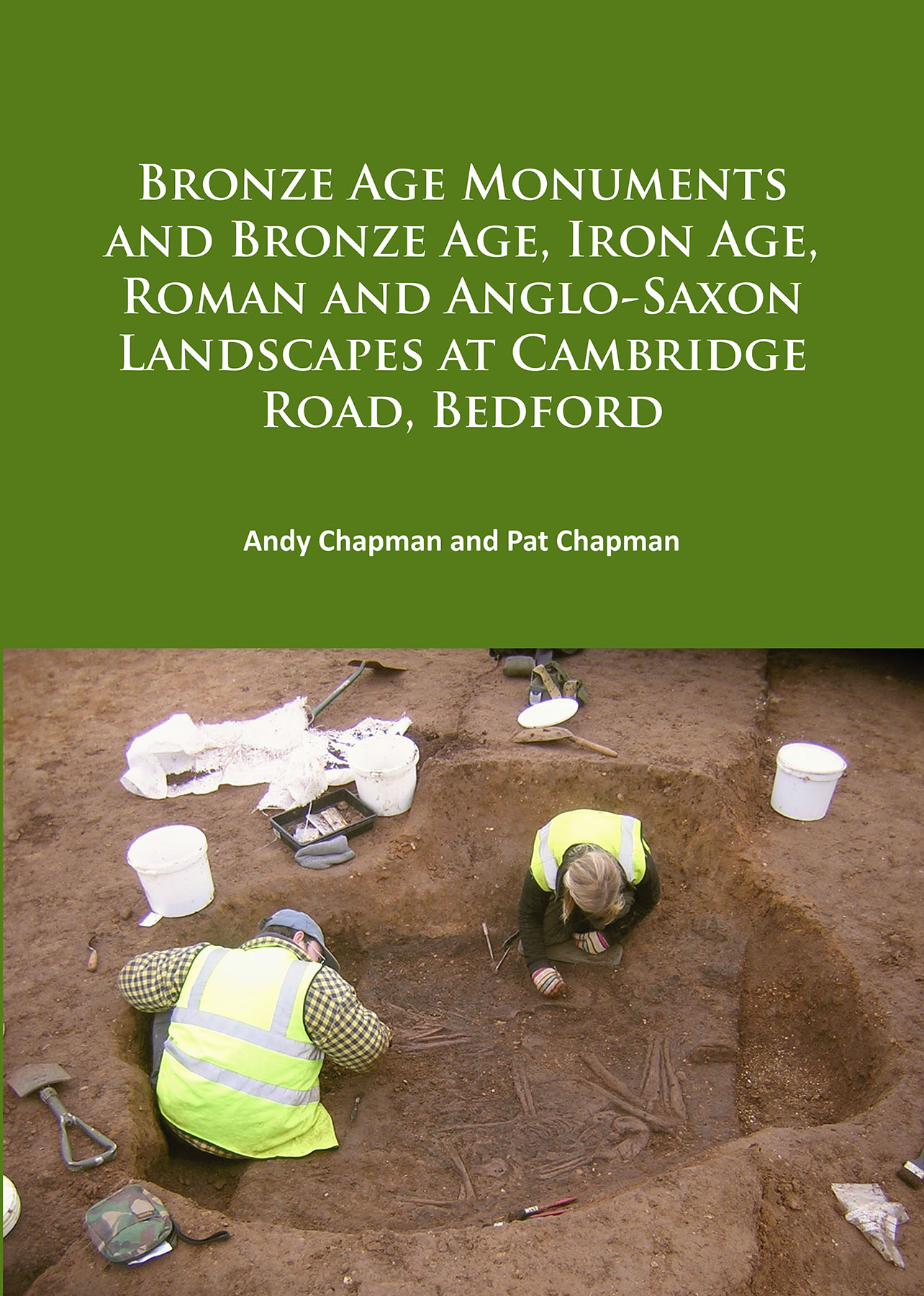

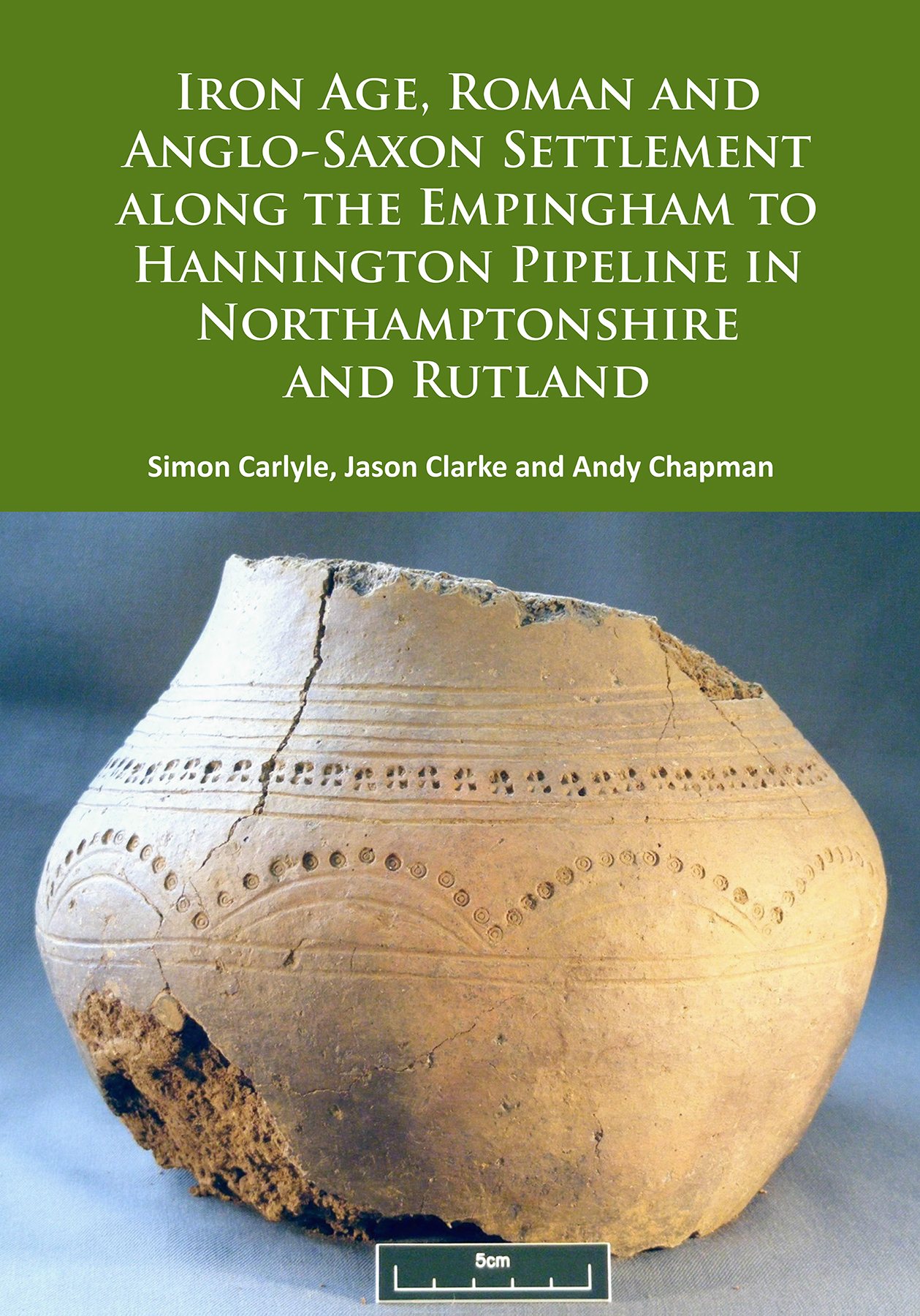
Stratton, Biggleswade: 1,300 Years of Village Life in Eastern Bedfordshire from the 5th Century AD
By Drew Shotliff, David Ingham
Contributions by Holly Duncan, Mark Maltby, Wendy Smith, Jackie Wells
Illustrated by Joan Lightning, Cecily Marshall, Lisa Padilla, Mike Trevarthen
Presents the results of 12 hectares of archaeological excavation undertaken between 1990-2001. As well as uncovering roughly half of the medieval village, the investigations revealed that Stratton’s origins stretched back to the early Anglo-Saxon period, with the settlement remaining in continuous use through to c. 1700.
Contents
Preface ;
Summary ;
Chapter 1. Introduction ;
Introduction ;
Location, topography and geology ;
Project background and nature of the investigations ;
Nature of the post-excavation analysis ;
Nature of the phasing structure and contextual hierarchy ;
Archaeological background ;
Historical background ;
Chapter 2. Pre-Settlement Landscape ;
Neolithic to Bronze Age (Period 1) ;
Early Iron Age (Period 2) ;
Period 3 structural narrative (early Anglo-Saxon: c. AD 400–600) ;
Period 3 artefacts ;
Chapter 3. Early–Middle Anglo-Saxon Settlement ;
Period 4 structural narrative (middle Anglo-Saxon: c. AD 600–850) ;
Period 4 artefacts ;
Chapter 4. Late Anglo-Saxon / Saxo-Norman settlement (Period 5: c. AD 850–1150) ;
Period 5 structural narrative ;
Artefacts ;
Chapter 5. Medieval settlement (Period 6: c. AD 1150–1350) ;
Period 6 structural narrative ;
Artefacts ;
Chapter 6. Late medieval to post-medieval settlement (Periods 7–8: c. AD 1350–1700) ;
Period 7 structural narrative ;
Period 7 artefacts ;
Period 8 structural narrative ;
Period 8 artefacts ;
Chapter 7. Building forms ;
Sunken-featured buildings (SFBs) ;
Earthfast timber buildings ;
Chapter 8. Overview of the artefacts ;
Pottery ;
Ceramic building material ;
Other artefacts ;
Chapter 9. The vegetational history of Stratton ;
Introduction ;
Woodland Resources ;
The surrounding environment ;
Cultivation of crops ;
Conclusions ;
Chapter 10. Faunal remains ;
Introduction ;
Animal exploitation at Stratton ;
Cattle ;
Sheep/Goat ;
Pig ;
Horse ;
Dogs ;
Cats ;
Deer ;
Hares and rabbits ;
Other mammals ;
Birds ;
Amphibians and fish ;
Chapter 11. Discussion ;
Introduction ;
Settlement origins, development and demise ;
Farming economy, diet and the surrounding environment ;
Manufacturing, consumption and exchange ;
Death and burial ;
Bibliography
About the Author
Drew Shotliff is Operations Manager at Albion Archaeology. He holds a BA in Modern History from Oxford University and an MA in Archaeological Practice from Birmingham University. He was project manager for the excavations at Strattion. As well as considerable experience of British archaeology, he has worked on projects in France, Ecuador and Sri Lanka. ;David Ingham is Archaeological Project Manager at Albion Archaeology. He holds an MA in Classics and an MSt In Professional Archaeology from Oxford University. He is the editor of Bedfordshire Archaeology as well as Secretary for CBA South Midlands and East Midlands.
Reviews
‘This report marks a useful interim stage in our understanding of Stratton. Now the accumulated data can be used to devise a clear picture of the settlement’s development with plans of each period which select the most important features.’ – Christopher Dyer (2022): Medieval Settlement Research, Vol. 37
'Overall this is an invaluable report on a fascinating site, although it would have been useful to learn of the landscape as it was in the 19th century – including the Roman road that ran through the site and its two remnant moated manorial sites – as a background to the excavation plans.' – Stephen Rippon (2022): Medieval Archaeology, 66/2
'...the volume's many contributors have made a significant contribution to medieval archaeology.' – Stephen Mileson (2023): Current Archaeology 391

 Add to wishlist
Add to wishlist